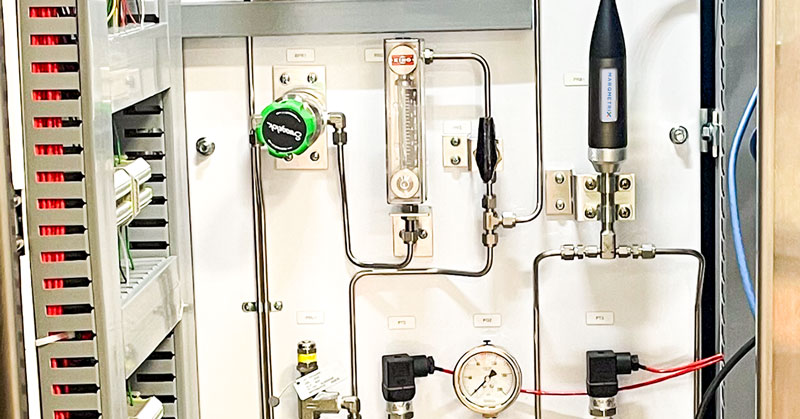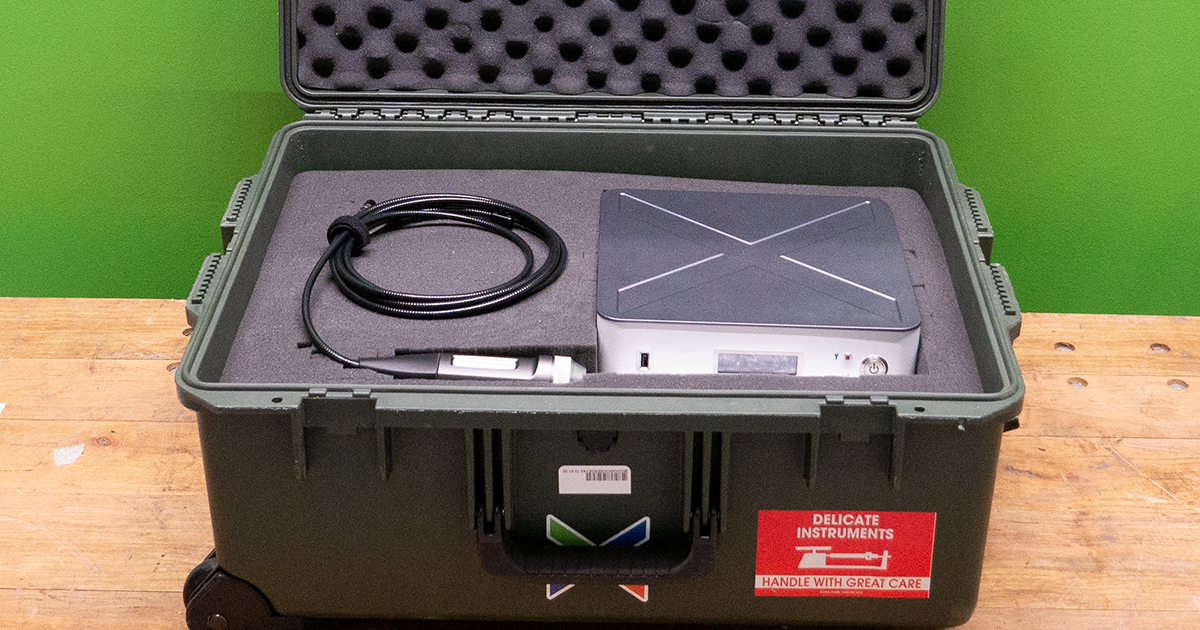What Technical Requirements Should My Raman System Meet?
Laser wavelength
The most common wavelengths for Raman systems are 532nm, 785nm, and 1064nm. A 785nm wavelength system will achieve the right balance between Raman signal strength and reduced fluorescence.
Software interface compatibility
Your Raman system’s software interface must be intuitive, and Modbus compatible with other process controls software. The software should interface with chemometrics process software and control multiple instruments if needed.
Ease of setup and portability
Consider whether a scientist is required to set up and maintain your Raman system. Also, look at your instrument’s size and whether it is portable: the ability to install your Raman system at the point of need is essential. Reducing the cost of ownership by taking the scientist out of the science is imperative when using Raman for continuous process analysis and control.
Other considerations
Factory calibration
Choose a factory-calibrated instrument that can maintain its calibration for long periods. Calibration is an important factor for accurate and precise Raman analysis, and instruments that require regular calibration can impact your uptime and cause process disruptions.
Sample interface and sampling reproducibility
Look for a Raman manufacturer that offers a variety of sampling options: probes for immersion, stand-off probes for looking through vessels, and flow cells for simply connecting to your flowing process. The sampling probes should reduce sample variability and eliminate the reproducibility errors caused by improper focusing. For liquid and gas samples, consider adding a Raman flow cell inline to take sample measurements.
Sample optimization
Parameters to consider for signal optimization are laser intensity, exposure time, and signal averaging. If you are new to Raman, choose a manufacturer that will help develop and support your application with dedicated and experienced application experts to guide you through the development of your customized Raman solution.
Adaptability
Raman instrumentation is unique to each manufacturer, which can pose a challenge when a specific sample interface is required and is not provided by or is incompatible with your Raman system. Choosing an adaptable system increases usability and flexibility when using your system(s) for different applications.

Integrate the MarqMetrix All-In-One into your process easily and effectively

